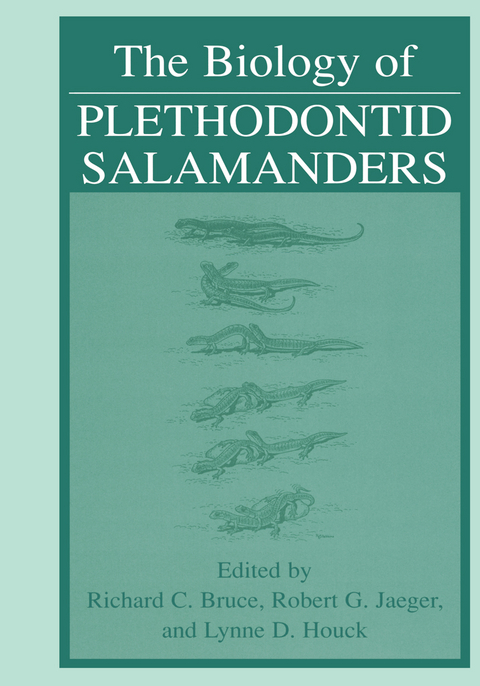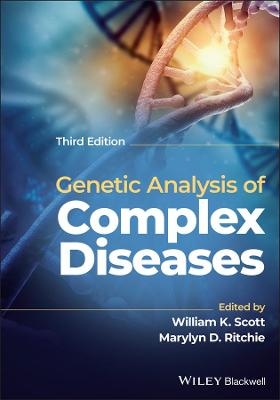
The Biology of Plethodontid Salamanders
Springer-Verlag New York Inc.
978-1-4613-6910-3 (ISBN)
I: Symposium in Honor of Professor Richard Highton.- 1. Points of View on Defining and Naming Species of Plethodontid Salamanders: A Symposium in Honor of Professor Richard Highton.- 2. Species, Descriptive Efficiency, and Progress in Systematics.- 3. Geographic Protein Variation and Speciation in Salamanders of the Plethodon jordani and Plethodon glutinosus Complexes in the Southern Appalachian Mountains with the Description of Four New Species.- 4. Detecting Species Borders Using Diverse Data Sets: Examples from Plethodontid Salamanders in California.- 5. The Systematics of Desmognathus imitator.- 6. Species Boundaries and Species Diversity in the Central Texas Hemidactyliine Plethodontid Salamanders, Genus Eurycea.- 7. Systematics at the Turn of a Century.- II: Evolutionary and Comparative Biology of Plethodontids.- 8. Ethological Isolation and Variation in Allozymes and Dorsolateral Pattern between Parapatric Forms in the Desmognathus ochrophaeus Complex.- 9. Phylogenetic Relationships within the Lowland Tropical Salamanders of the Bolitoglossa mexicana Complex (Amphibia: Plethodontidae).- 10. Detecting Cryptic Species Using Allozyme Data.- 11. Sexual Size Dimorphism in the Plethodontidae.- 12. Skull Development in Two Plethodontid Salamanders (Genus Desmognathus) with Different Life Histories.- 13. Egg Recognition Cues and Maternal Behavior in Desmognathus ocoee.- 14. Southeastern U.S. Coastal Plain Habitats of the Plethodontidae: The Importance of Relief, Ravines, and Seepage.- 15. Life History Evolution and Adaptive Radiation of Hemidactyliine Salamanders.- 16. Population Cytogenetics of the Plethodontid Salamander Eurycea wilderae.- 17. Sperm Storage in Female Plethodontids with Especial Reference to the Desmognathinae.- 18. The Courtship of Plethodontid Salamanders: Form, Function, and Phylogeny.- III: Behavioral Ecology of Small Plethodon.- 19. Divergence of Trophic Morphology and Resource Use among Populations of Plethodon cinereus and P hoffmani in Pennsylvania: A Possible Case of Character Displacement.- 20. Environmental Variation and Territorial Behavior in a Terrestrial Salamander.- 21. Contributions to the Life History of the Redback Salamander, Plethodon cinereus: Preliminary Evidence for Kin Recognition.- 22. Alternative Life Styles in a Terrestrial Salamander: Do Females Preferentially Associate with Each Other?.- 23. Pheromonal Attractions to Particular Males by Female Redback Salamanders (Plethodon cinereus).- 24. A Model of Alternative Mating Strategies in the Redback Salamander, Plethodon cinereus.- 25. Cutaneous Microbial Flora and Antibiosis in Plethodon ventralis: Inferences for Parental Care in the Plethodontidae.- 26. Monitoring Plethodon cinereus Populations: Field Tests of Experimental Coverboard Designs.
| Zusatzinfo | XIII, 485 p. |
|---|---|
| Verlagsort | New York, NY |
| Sprache | englisch |
| Maße | 178 x 254 mm |
| Themenwelt | Sachbuch/Ratgeber ► Natur / Technik ► Naturführer |
| Studium ► 2. Studienabschnitt (Klinik) ► Humangenetik | |
| Naturwissenschaften ► Biologie ► Evolution | |
| Naturwissenschaften ► Biologie ► Ökologie / Naturschutz | |
| Naturwissenschaften ► Biologie ► Zoologie | |
| ISBN-10 | 1-4613-6910-X / 146136910X |
| ISBN-13 | 978-1-4613-6910-3 / 9781461369103 |
| Zustand | Neuware |
| Haben Sie eine Frage zum Produkt? |
aus dem Bereich


